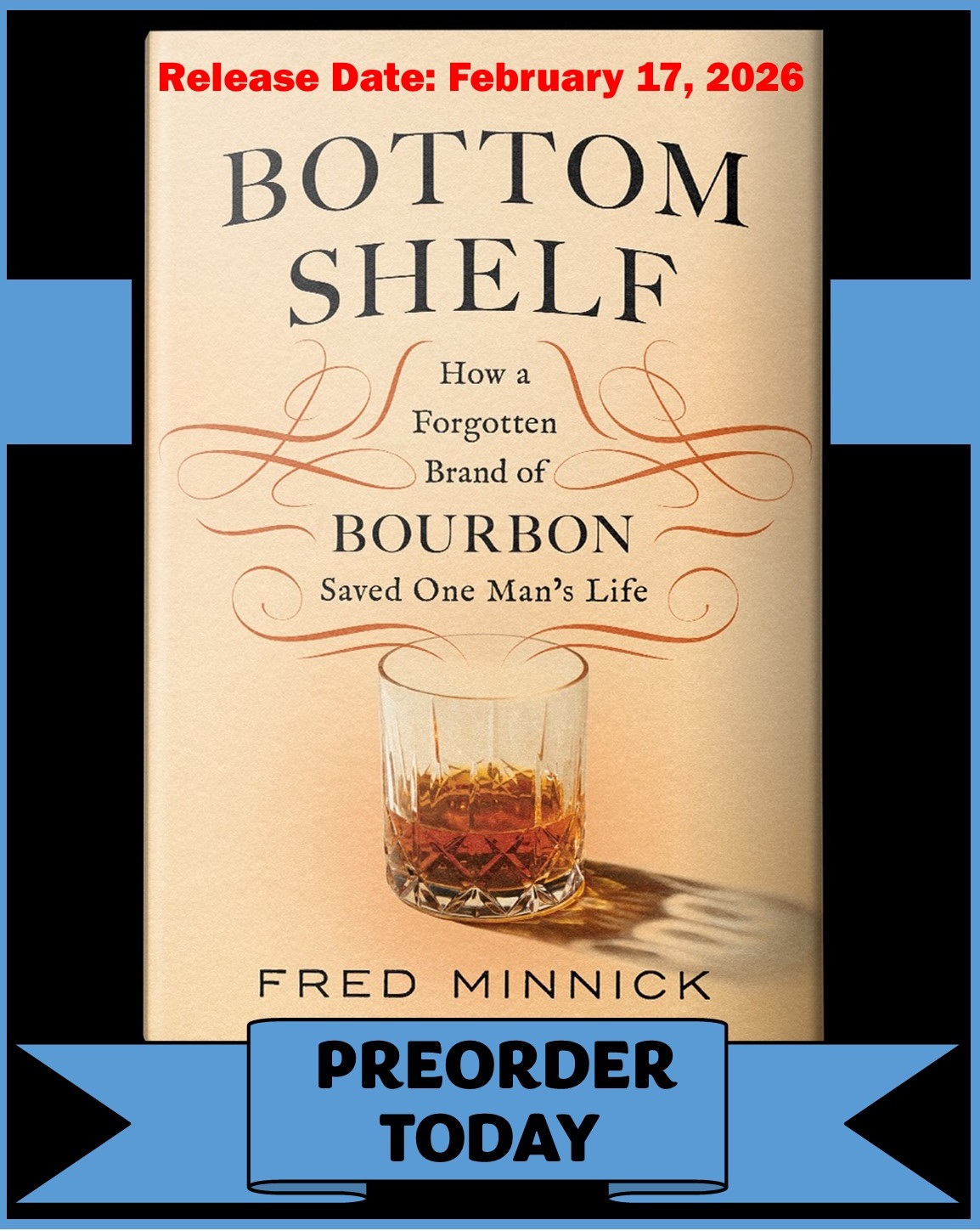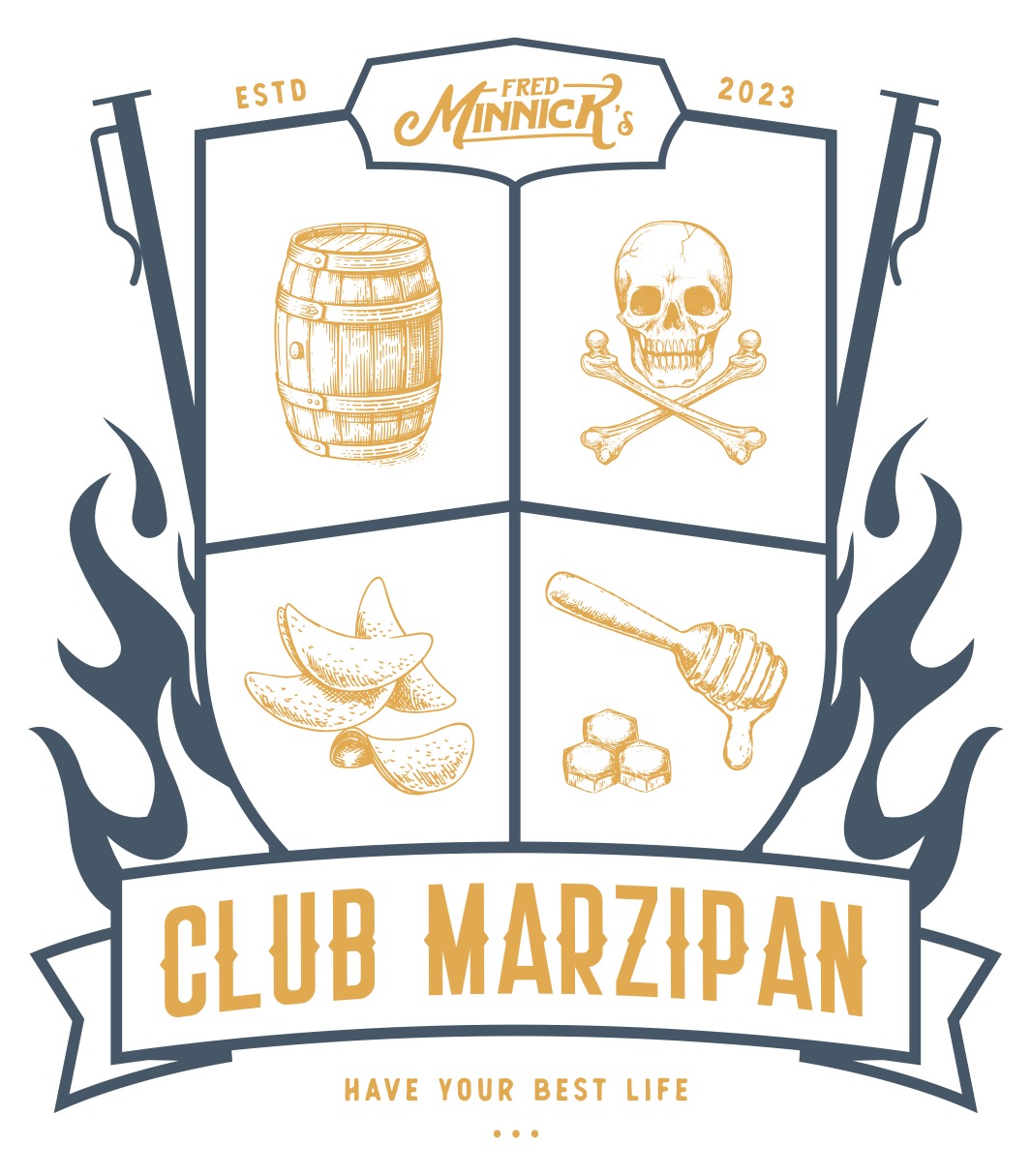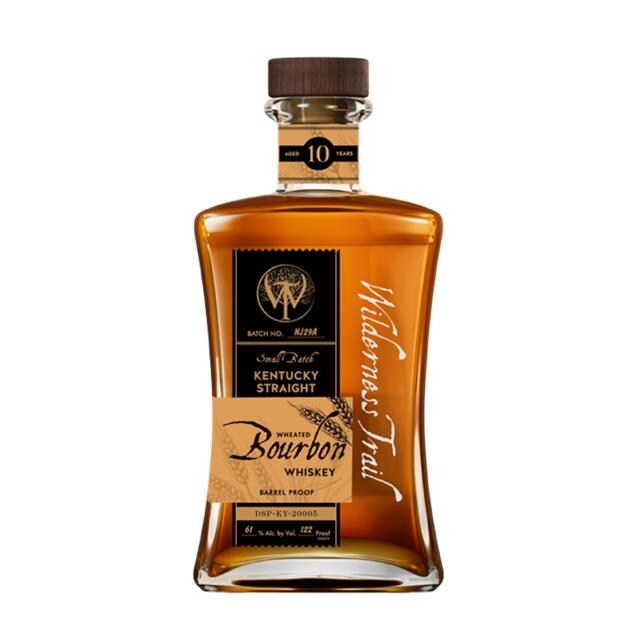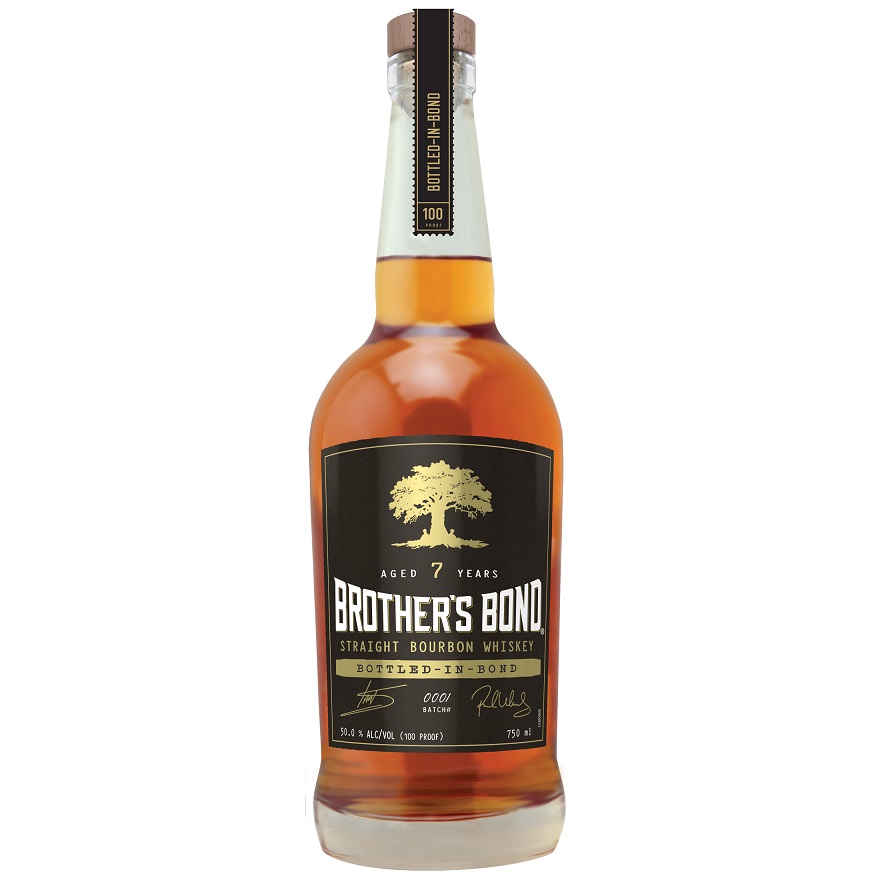Federal Guidelines (sort of) on Vintage Whiskey Bottles

Earlier this year, Kentucky passed a vintage spirits bill that will allow individuals to resell spirits to licensed retailers and bars. North Carolina and Washington, D.C., have similar laws. Kentucky’s goes into effect Jan. 1, with the Alcoholic Beverage Control defining vintage as:
- Distilled spirits in their original manufacturer’s unopened bottle or container;
- Not owned by a distillery;
- and, Not otherwise available for purchase from a licensed wholesaler within the Commonwealth.
Meanwhile, the federal government has regulations, too, for bottle sizes, which may impact those looking to sell foreign-purchased bourbon that come in different bottle sizes. I urge collectors, retailers and bars to brush up on their favorite federal handbook.
27 Code of Federal Regulations Part 5 (27CFR Part 5).
Metric standards of fill (distilled spirits bottled after December 31, 1979).
(a) Authorized standards of fill. The standards of fill for distilled spirits are the following:
(1) For containers other than cans described in paragraph (a)(2), of this section—
1.75 liters
1.00 liter
750 milliliters
500 milliliters (Authorized for bottling until June 30, 1989)
375 milliliters
200 milliliters
100 milliliters
50 milliliters
(2) For metal containers which have the general shape and design of a can, which have a closure which is an integral part of the container, and which cannot be readily reclosed after opening—
355 milliliters
200 milliliters
100 milliliters
50 milliliters
(b) Tolerances. The following tolerances shall be allowed:
(1) Discrepancies due to errors in measuring which occur in filling conducted in compliance with good commercial practice.
(2) Discrepancies due to differences in the capacity of bottles, resulting solely from unavoidable difficulties in manufacturing such bottles to a uniform capacity: Provided, That no greater tolerance shall be allowed in case of bottles which, because of their design, cannot be made of approximately uniform capacity than is allowed in case of bottles which can be manufactured so as to be of approximately uniform capacity.
(3) Discrepancies in measure due to differences in atmospheric conditions in various places and which unavoidably result from the ordinary and customary exposure of alcoholic beverages in bottles to evaporation. The reasonableness of discrepancies under this paragraph shall be determined on the facts in each case.
(c) Unreasonable shortages. Unreasonable shortages in certain of the bottles in any shipment shall not be compensated by overages in other bottles in the same shipment.
(d) Distilled spirits bottled before January 1, 1980. Distilled spirits bottled domestically before January 1, 1980, may be marketed after December 31, 1979, if such distilled spirits were bottled in accordance with §5.47.
Up until the metric system on bottles, the industry used pints, gallons and quarts. (Here’s a fascinating 1976 New York Times story on the matter.) Thus, pre-1980 bottles would just need to meet the guidelines of their time.
No matter the bottle size, when this law goes into effect, Kentucky bourbon lovers will have the opportunity to see and taste extinct whiskeys, compare contemporary brands to yesterday’s, and truly take the next step in whiskey actualization.
The best bourbons to touch my lips were made decades ago, before automation and GMO grains. The water was better, the trees were older and the distillers relied on their hands more than they did a computer. Don’t get me wrong, today’s bourbon is great and there’s nothing wrong with using automation. But the 1940s to 1970s distillers made astonishing whiskey. And we, Kentuckians, finally have an opportunity to purchase old whiskey they made….legally, anyway.
Sign up for Fred Minnick’s free newsletter.








